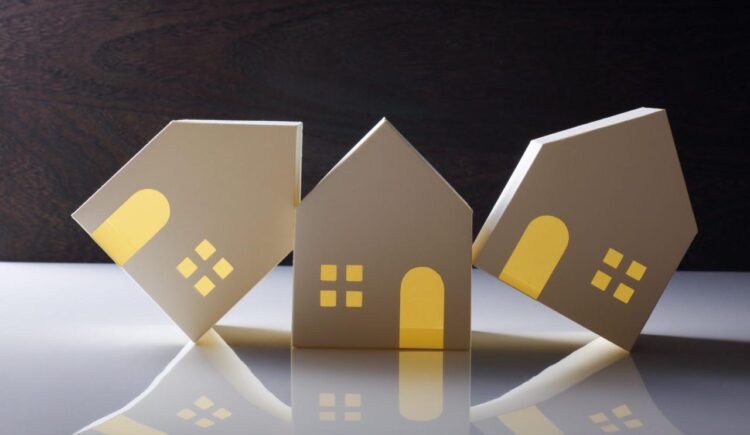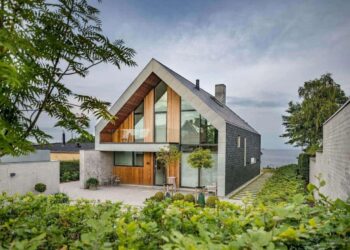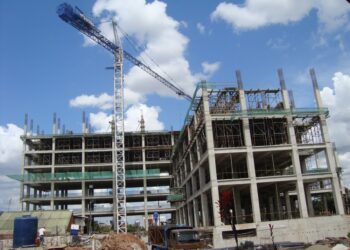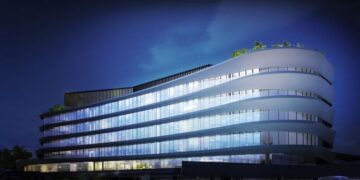In the dynamic world of construction, the pursuit of durability stands as a paramount objective. A structure’s ability to withstand the relentless forces of nature, the wear and tear of daily use, and the passage of time without significant degradation defines its true value and longevity. Durable construction isn’t just about building to last; it’s about creating resilient, safe, and sustainable environments that minimize the need for frequent repairs, reduce lifetime costs, and offer enduring peace of mind to occupants and owners alike.
This comprehensive article will delve into the essential durable construction techniques that form the backbone of resilient building. We’ll explore the critical considerations, advanced methodologies, and innovative materials that contribute to structures designed for generations, not just years. From the foundational principles of site preparation to the intricacies of material selection and advanced structural systems, understanding these techniques is vital for anyone involved in creating lasting architecture.
Why Durability Matters
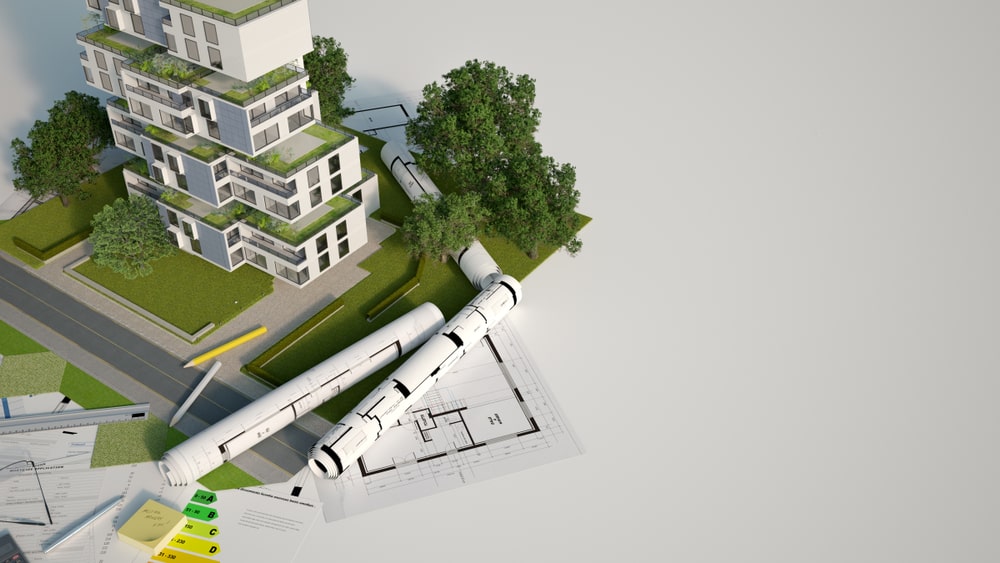
The emphasis on durable construction extends far beyond mere structural integrity. Its importance is multifaceted, impacting economic, environmental, and social dimensions.
A. Cost Savings Over Lifetime: While durable construction might sometimes involve a higher initial investment, it invariably leads to significant cost savings in the long run. Reduced maintenance, fewer repairs, and less frequent need for replacement translate into substantial financial benefits over the building’s lifespan. Think about the cumulative cost of fixing leaks, repairing cracks, or replacing decayed elements in a less durable structure versus a robust one.
B. Enhanced Safety and Resilience: Durable buildings are inherently safer. They are better equipped to withstand extreme weather events, seismic activity, fire, and other potential hazards. This resilience protects occupants, preserves assets, and minimizes disruption in the face of unforeseen circumstances. In regions prone to natural disasters, durable construction isn’t just an option; it’s a necessity.
C. Increased Property Value: A well-built, durable structure maintains its aesthetic appeal and functional integrity over time, commanding higher resale values. Prospective buyers recognize the long-term benefits of a home or commercial property that requires minimal upkeep and offers sustained performance.
D. Environmental Sustainability: Durable construction is a cornerstone of sustainable building. By reducing the need for new materials and minimizing demolition waste, it conserves resources and lessens the environmental footprint of the built environment. A building that lasts for a century has a far lower embodied energy per year of service than one that needs rebuilding every few decades.
E. Reduced Resource Consumption: Less frequent repairs and replacements mean less consumption of raw materials, energy for manufacturing, and transportation fuel. This contributes directly to a more circular economy in construction.
F. Comfort and Occupant Well-being: A durable building often translates to a more comfortable indoor environment. Good insulation, robust envelopes, and sound construction techniques contribute to consistent temperatures, reduced noise, and improved air quality.
G. Preservation of Heritage and Aesthetics: Durable construction allows buildings to stand as monuments to their era, contributing to the cultural and architectural heritage of communities. Well-preserved structures enhance the visual appeal of urban and rural landscapes.
Core Principles for Lasting Structures
Achieving durability is not a single action but a culmination of careful planning, intelligent design, and meticulous execution. Several core principles guide the entire process.
1. Comprehensive Site Analysis and Preparation
The ground beneath a structure is its ultimate support. A thorough understanding and preparation of the site are non-negotiable for durability.
A. Geotechnical Investigation: This involves analyzing soil composition, groundwater levels, and bedrock characteristics. Understanding the soil’s bearing capacity and stability is crucial for designing an appropriate foundation that won’t settle unevenly or fail over time.
B. Drainage Management: Effective drainage prevents water accumulation around the foundation, which can lead to hydrostatic pressure, water infiltration, and long-term structural damage. This includes grading the land away from the building, installing French drains, and ensuring proper downspout extensions.
C. Contamination Mitigation: Addressing any soil contaminants is essential, especially for structures intended for human occupancy, to ensure a healthy indoor environment and prevent material degradation.
D. Seismic and Wind Load Considerations: In areas prone to earthquakes or high winds, site analysis must incorporate these risks to inform structural design and material choices.
E. Vegetation Management: Understanding root systems and potential tree growth near the foundation can prevent future structural issues.
2. Robust Foundation Systems
The foundation is the bedrock of durability. Its integrity dictates the lifespan of the entire structure.
A. Deep Foundations (Piles, Caissons): Used when surface soils are weak or unstable, deep foundations transfer building loads to stronger soil layers or bedrock, preventing settlement and ensuring long-term stability.
B. Shallow Foundations (Footings, Slabs): Appropriate for stable soils, these must be designed to adequately distribute the building’s weight over a sufficient area to prevent differential settlement. Proper reinforcement and vapor barriers are crucial.
C. Moisture Protection: Beyond external drainage, foundations require internal moisture barriers and waterproofing membranes to prevent capillary action from drawing moisture into the structure, which can lead to mold, rot, and material deterioration.
D. Frost Protection: In cold climates, foundations must extend below the frost line to prevent damage from freeze-thaw cycles, which can cause the ground to heave and settle.
3. Strategic Material Selection
The choice of materials profoundly impacts a building’s durability, influencing its resistance to decay, wear, and environmental stressors.
A. High-Strength Concrete: Using concrete with appropriate strength, low permeability, and proper curing techniques is vital for foundations, slabs, and structural elements. Admixtures can enhance properties like water resistance and freeze-thaw durability.
B. Corrosion-Resistant Steel: For reinforced concrete and steel structures, using corrosion-resistant rebar (e.g., epoxy-coated, stainless steel) or providing adequate concrete cover protects against rust, which can compromise structural integrity.
C. Durable Wood Products: Pressure-treated lumber, naturally decay-resistant species (like cedar or redwood for exteriors), and engineered wood products (e.g., laminated veneer lumber) offer enhanced resistance to rot, insects, and warping.
D. Weather-Resistant Cladding: Materials like brick, stone, fiber cement siding, and certain metals offer superior resistance to moisture, UV radiation, and temperature fluctuations compared to less durable alternatives. Proper flashing and rainscreen principles are critical.
E. High-Performance Roofing: Roofing materials such as metal, slate, concrete tiles, or high-quality asphalt shingles, combined with robust underlayment and proper ventilation, ensure long-term protection against water infiltration and weather damage.
F. Insulation Materials: Choosing insulation that resists moisture absorption and degradation over time (e.g., closed-cell foam, rigid insulation) helps maintain thermal performance and prevent moisture-related issues within walls.
4. Advanced Structural Systems
Beyond the basic framework, modern construction employs various techniques to enhance structural resilience.
A. Reinforced Concrete: The combination of concrete’s compressive strength and steel’s tensile strength creates structures highly resistant to bending, tension, and seismic forces. Proper rebar placement and concrete mix design are critical.
B. Pre-stressed and Post-tensioned Concrete: These techniques introduce compressive stresses into concrete members before or after the concrete sets, significantly increasing their strength, stiffness, and crack resistance, particularly useful for long spans or heavy loads.
C. Structural Steel Framing: Steel offers high strength-to-weight ratios, ductility (ability to deform without breaking), and resistance to fire and pests. Proper connections and corrosion protection are essential.
D. Shear Walls and Braced Frames: Crucial in seismic and high-wind zones, these elements resist lateral forces, preventing a building from racking or collapsing. They are strategically placed throughout the structure.
E. Diaphragms: Floors and roofs act as horizontal diaphragms, transferring lateral forces to the vertical resisting elements (shear walls, braced frames). Their proper connection and rigidity are vital for overall structural performance.
5. Moisture Management and Building Envelope Integrity
Water is one of the most destructive forces for buildings. Effective moisture management is paramount for durability.
A. Rain Screens: A rain screen system creates a drained and vented air cavity between the exterior cladding and the internal water-resistive barrier. This allows moisture to drain away and prevents it from reaching the structural components, significantly reducing the risk of rot, mold, and material degradation.
B. Flashing and Sealants: Properly installed flashing around windows, doors, penetrations, and roof-wall junctions redirects water away from vulnerable areas. High-quality, durable sealants are essential to close gaps and maintain an airtight, watertight envelope.
C. Vapor Barriers and Retarders: These components are strategically placed within wall and roof assemblies to control the movement of moisture vapor, preventing condensation within the building envelope, which can lead to interstitial moisture issues.
D. Proper Ventilation: Adequate attic and wall cavity ventilation prevents moisture buildup and helps regulate temperature, reducing the risk of mold, mildew, and material decay.
E. Continuous Insulation: Applying insulation continuously over studs and framing members reduces thermal bridging, improving energy efficiency and preventing cold spots where condensation can form.
6. Fire Resistance Strategies
Durability also encompasses a building’s ability to resist the devastating effects of fire.
A. Fire-Rated Assemblies: Walls, floors, and doors can be constructed with specific materials and designs to achieve fire-resistance ratings, slowing the spread of fire and allowing for safe evacuation.
B. Non-Combustible Materials: Utilizing materials like concrete, steel, brick, and gypsum board can significantly reduce the fuel load within a structure.
C. Sprinkler Systems: Automatic sprinkler systems are highly effective at suppressing fires quickly, minimizing damage and preventing catastrophic spread.
D. Compartmentation: Dividing a building into fire compartments with fire-rated walls and doors limits the spread of fire and smoke, protecting other parts of the structure.
E. Firestopping: Proper sealing of penetrations (pipes, wires) through fire-rated assemblies prevents the passage of fire and smoke between compartments.
7. Pest and Insect Protection
Beyond the visible, unseen threats can compromise a building’s integrity over time.
A. Termite Barriers: Physical barriers (e.g., stainless steel mesh, sand barriers) or chemical treatments around the foundation prevent termite access.
B. Proper Drainage and Ventilation: Eliminating moisture sources that attract pests is a primary defense.
C. Sealing Entry Points: Sealing cracks, gaps, and openings in the foundation and exterior prevents rodents, insects, and other pests from entering the structure.
D. Using Treated Lumber: For vulnerable wood components, using pressure-treated lumber resists insect infestations and rot.
Maintenance for Lasting Durability
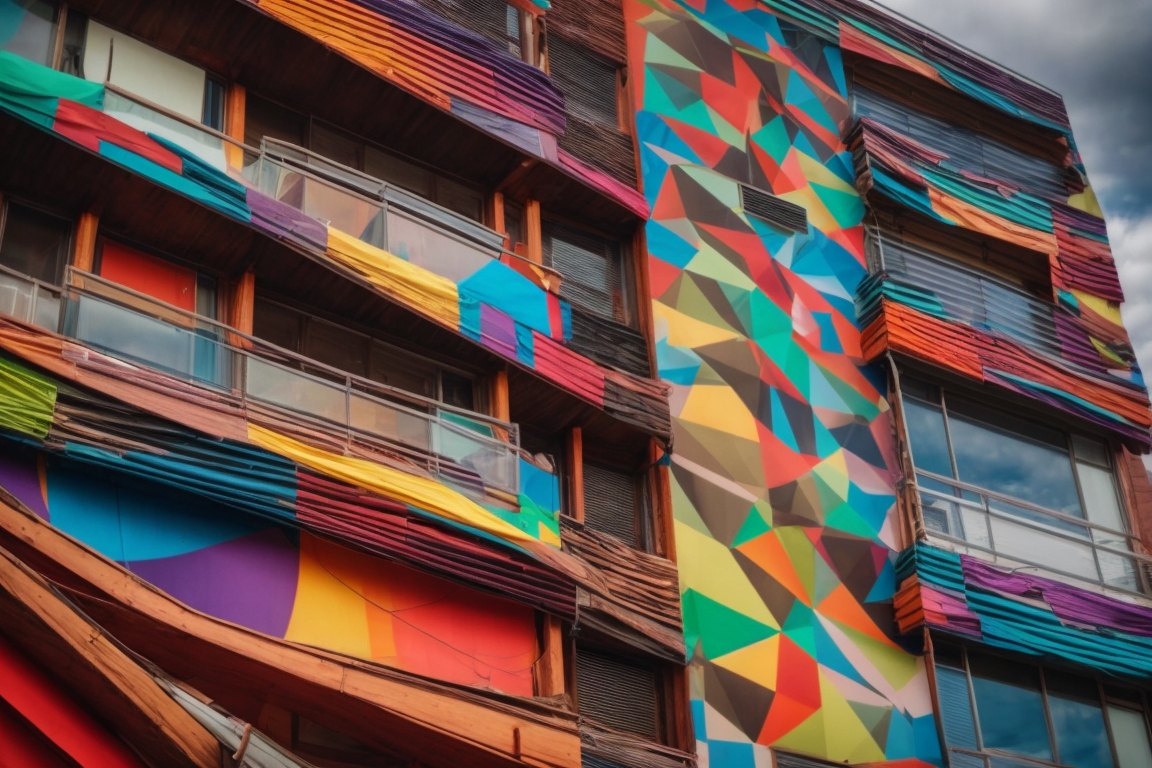
Even the most durably built structure requires ongoing care to maximize its lifespan. Maintenance is not an afterthought; it’s an integral part of durability.
A. Regular Inspections: Periodically inspect roofing, gutters, drainage systems, foundations, and exterior cladding for signs of wear, damage, or water intrusion.
B. Proactive Repairs: Address minor issues like cracked caulk, loose flashing, or clogged gutters promptly before they escalate into major problems.
C. Cleaning and Upkeep: Regular cleaning of exterior surfaces, gutters, and drains prevents buildup that can trap moisture or promote growth of destructive organisms.
D. Landscaping Management: Keep vegetation trimmed and away from the building to prevent moisture retention against walls and to avoid root intrusion into foundations.
E. HVAC System Maintenance: Properly maintained heating, ventilation, and air conditioning systems contribute to healthy indoor environments and prevent moisture-related issues within the building envelope.
Innovation Driving Durability
The field of durable construction is continuously evolving, driven by research and technological advancements.
A. Self-Healing Concrete: Research into concrete that can autonomously repair small cracks using encapsulated healing agents or bacteria promises to extend the lifespan of concrete structures significantly.
B. High-Performance Coatings: Advanced coatings offer enhanced protection against corrosion, UV degradation, chemical exposure, and abrasion for various building materials.
C. Smart Building Materials: Materials embedded with sensors can monitor their own health, detecting stress, moisture, or potential failures before they become critical, allowing for proactive maintenance.
D. Advanced Composites: New composite materials (e.g., fiber-reinforced polymers) offer exceptional strength, light weight, and corrosion resistance, finding increasing application in structural and cladding systems.
E. Resilient Design Principles: The integration of “passive survivability” strategies ensures buildings can maintain livability even during power outages or extreme events, by relying on natural ventilation, daylighting, and thermal mass.
F. Digital Modeling and Simulation: Advanced building information modeling (BIM) and simulation tools allow engineers to analyze structural performance under various loads and environmental conditions, optimizing designs for maximum durability before construction even begins.
The Economic and Societal Impact
Investing in durable construction has ripple effects that extend far beyond the individual building.
A. Reduced Urban Blight: Buildings that last longer contribute to more stable and attractive neighborhoods, reducing the cycle of decay and costly redevelopment.
B. Job Creation in Skilled Trades: The demand for highly skilled laborers in durable construction techniques fosters specialized training and job opportunities.
C. Lower Insurance Premiums: Insurers may offer lower premiums for buildings designed and constructed with superior durability and resilience, recognizing the reduced risk of claims.
D. Conservation of Landfill Space: Less construction and demolition waste means less pressure on landfill capacity.
E. Enhanced Public Health: Durable buildings with effective moisture control and ventilation contribute to healthier indoor environments, reducing issues related to mold and poor air quality.
Conclusion
The commitment to durable construction techniques is not merely an engineering preference; it’s a profound investment in the future. By prioritizing robust foundations, intelligent material selection, advanced structural systems, and comprehensive moisture management, we can create buildings that are not only aesthetically pleasing but also inherently resilient, cost-effective over their lifespan, and environmentally responsible.
As the world faces growing challenges from climate change, resource scarcity, and the increasing complexity of urban environments, the imperative to build to last becomes even more critical. Embracing these enduring construction methods ensures that our built environment can stand strong against the test of time, providing safe, comfortable, and sustainable spaces for generations to come. Ultimately, a durable building is a testament to foresight, quality, and a commitment to a better, more resilient future.

